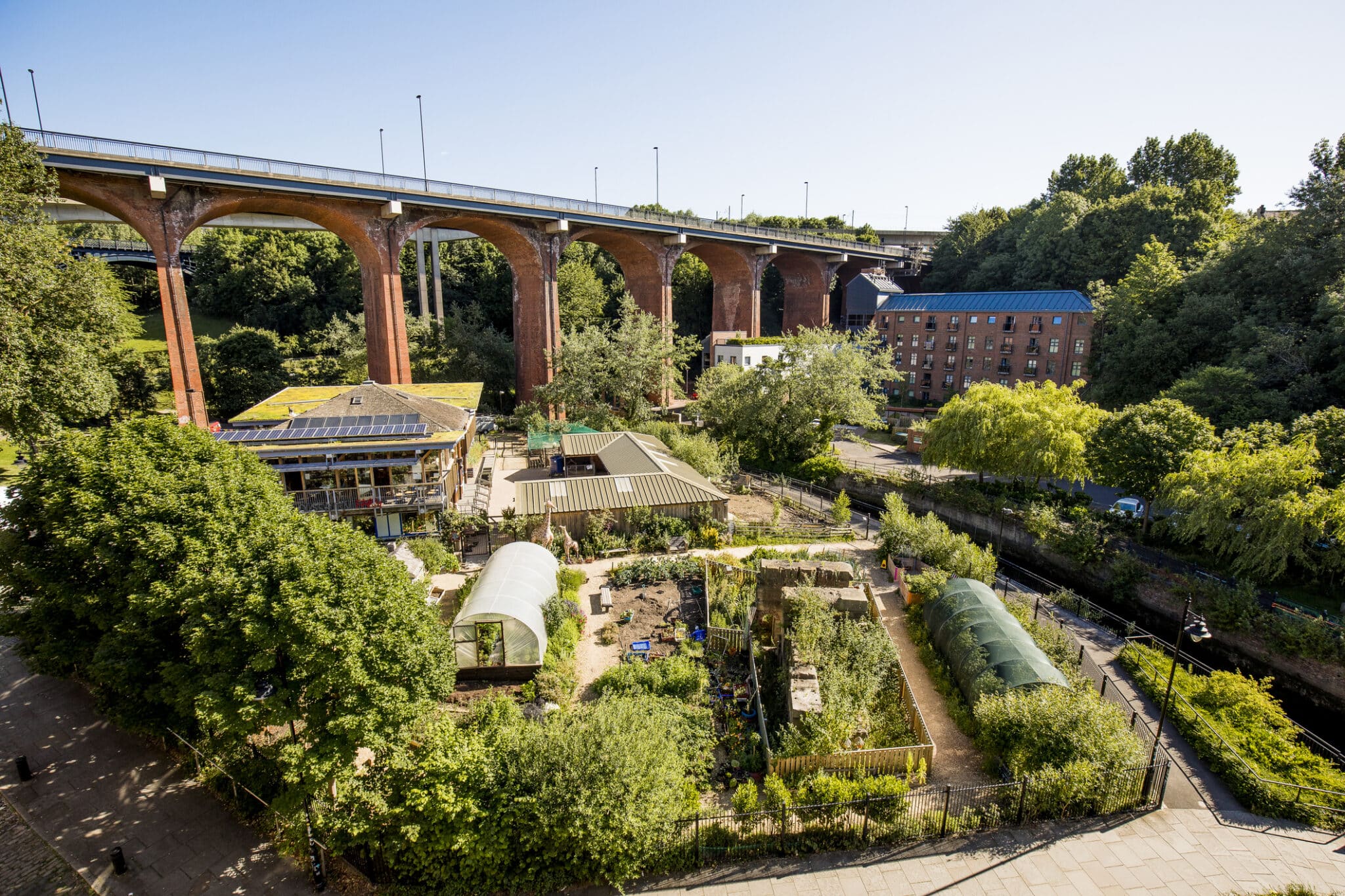Some Known Incorrect Statements About City Blooming
Some Known Incorrect Statements About City Blooming
Blog Article
See This Report about City Blooming
Table of ContentsRumored Buzz on City BloomingThe Greatest Guide To City BloomingAn Unbiased View of City BloomingThe Ultimate Guide To City BloomingUnknown Facts About City Blooming

As you stroll the roads of the Bronx, Southside Chicago or East Oakland, you may see have also seen big stories of ripening fruits and vegetables being collected. What exactly are urban farms and community gardens? Urban farming, metropolitan farming, or metropolitan gardening is the method of cultivating, handling and dispersing food in or around metropolitan locations.
Typically, urban farming as a method is a larger financial investment than horticulture. There are many much more hours invested into the trivial matters of farming, from the crop plan to the often tending of your beds. This moment dedication takes on a whole new significance once you recognize the objective that is being worked towards and devoted, namely that of getting a bountiful return of crops to be eaten.
An area garden is a single tract gardened jointly by a group of people. Area yards use either private or shared plots on private or public land while creating fruit, vegetables, and/or plants expanded for their appealing look. The basic version below is that a big group of people each add a fairly percentage of time to working their very own plot, and receive the fruits of their labor because of this.
All About City Blooming

There are area yards, a lot of whom Tiny Axe Peppers has partnered with, that deal help to refugees, low-income households, youngsters teams, and community organizations by helping them create and grow their own gardens. The distinctions between neighborhood garden and urban farm are nuanced, though ultimately the very same basic activity takes placefood crop growing however within different business structures.
Urban farms are typically extra company and innovation oriented, with the primary purpose of making the most of yields and offering produce. Industrial urban farms are typically aimed at expanding production on generally little land area with technologies in innovations such as tank farming, hydroponics, and greenhouses and may companion with a commercial kitchen area to produce locally-produced value-added items such as jams and sauces.
The Only Guide to City Blooming
The fruit and vegetables is normally expanded on a much smaller sized scale and is taken home to eat at home or to share. By offering much needed green rooms in destitute, concrete urban locations, they permit for the benefits of backyard horticulture to those doing not have yards, and work as exceptional instances of self-organization and neighborhood activism.
Some community yards, frequently in city locations, move right into growing for commercial usage while some metropolitan ranches open up their land for more socially mindful advantages. Regardless of how you specify and separate the two, they are both positive pressures for great in cities around America and the world.
As all of Tiny Axe Peppers' hot sauces are sourced with peppers from area yards, your purchases straight assist money these neighborhood tasks (https://www.abnewswire.com/companyname/cityblooming.com_137622.html#detail-tab). Take component in the revolution by.
A pal of mine lately commented in a conversation about gardening that "It's intriguing, I have actually constantly assumed that farming as a practice is somewhat like horticulture. As I Discover More Here spent even more and even more time in my Urban Farming class I've come to understand that to claim that horticulture is a miniature extension of agriculture would certainly be a little bit of stretch.
Rumored Buzz on City Blooming
They both focus on the treatment of plants for some objective that can be nourishment, profit or simply the enjoyment of the craft. Additionally they both require a financial investment in addition to a time investment, something that a great deal of individuals in our quick paced life do not have a great deal of - sustainability.
We can see that the similarities are bountiful, but are the differences enough to create a difference? As a pupil at NYU I have the possibility to deal with the leave It Better Foundation, a team that educates basic nutrition and horticulture to senior high school students. https://www.merchantcircle.com/blogs/city-blooming-san-francisco-ca/2024/6/City-Gardening-Growing-Urban-Spaces/2755418. This experience provided me an extensive venture right into the globe of amateur horticulture past what the majority of people have touched with
Farming as a practice is a bigger investment than horticulture. There are plenty of extra hours invested right into the trivial matters of farming, from the crop strategy to the often tending of your beds.
The average gardener goes regarding his obligations as a chore as opposed to a need and as such distinguishes his or herself from the farmer. However with this difference in hand, they are both soothing and enjoyable exercises that any individual can choose up, which by itself ought to be an advertisement for both.
Some Of City Blooming
Something failed - home and garden. Wait a minute and try once more Try once again
Report this page